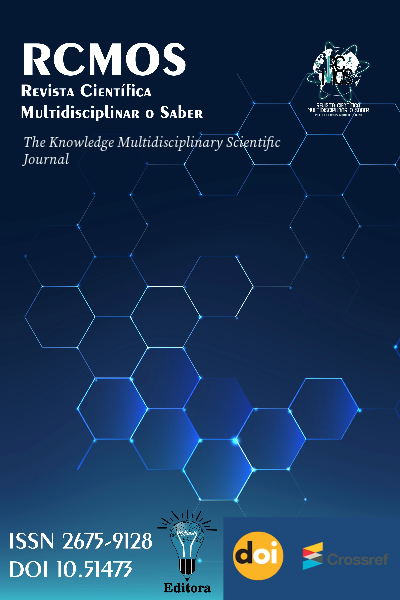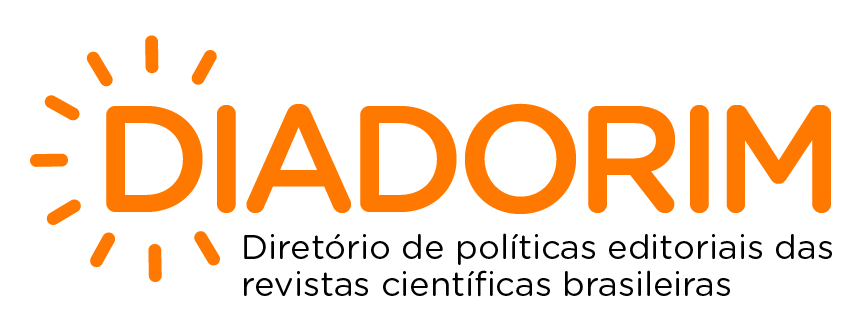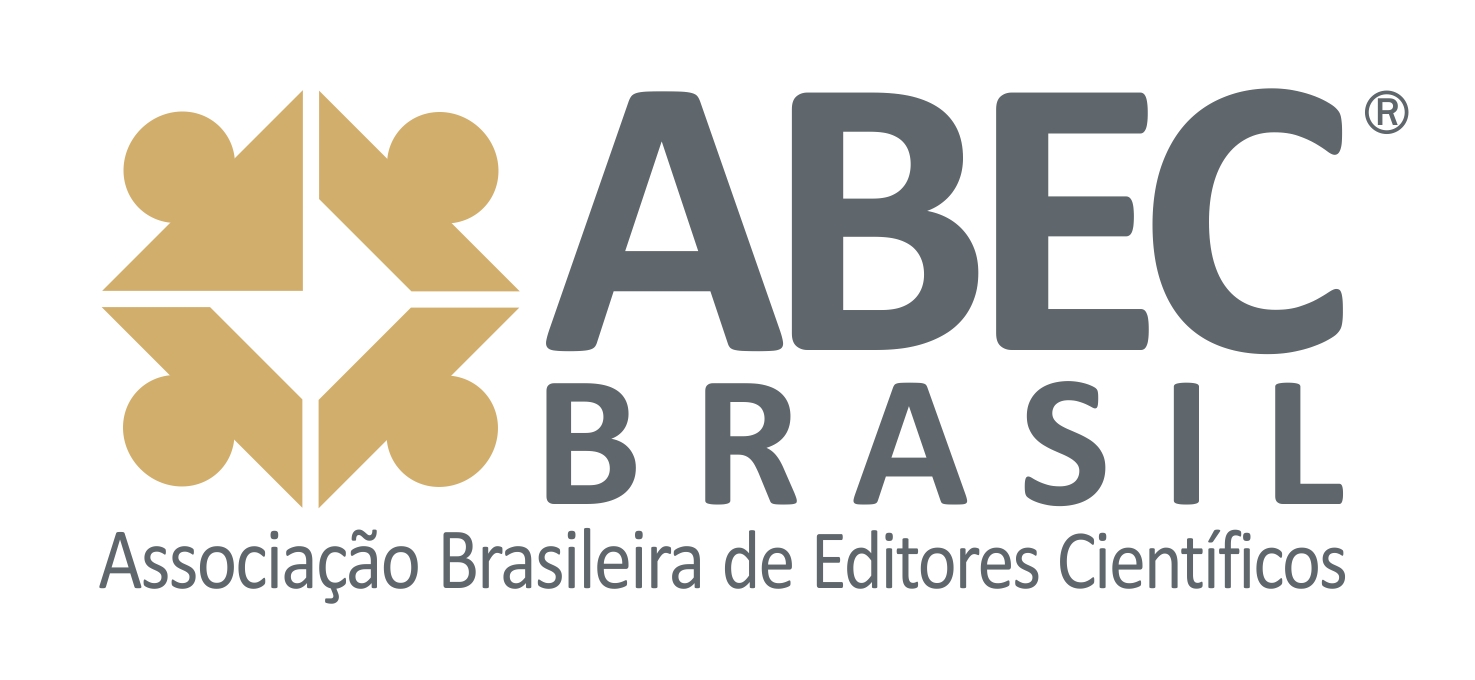COMPARISON OFSURGICALAPPROACHES FORABDOMINALHERNIAREPAIR
DOI:
https://doi.org/10.51473/rcmos.v1i1.2024.599Keywords:
Laparoscopy. Open Surgery. Postoperative Complications. Recurrence. Robotic Surgical Procedures.Abstract
This systematic review aims to compare open, laparoscopic, and robotic surgical techniques
for abdominal hernia repair, evaluating their efficacy, benefits, and drawbacks. A comprehensive search of PubMed and ScienceDirect was conducted using terms related to "abdominal hernia repair" and "surgical techniques". The review included studies published from 2020 to 2024, focusing on randomized controlled trials, meta-analyses, and systematic reviews. The analysis revealed that laparoscopic and robotic repairs generally offer reduced recovery times, less postoperative pain, and lower complication rates compared to open surgery. However, robotic repairs, while offering precision and ergonomic advantages, come
with higher costs and longer setup times. Open repairs, though associated with higher complication rates and longer recovery periods, are still preferred in certain complex cases due to their straightforward execution. This review highlights that laparoscopic and robotic techniques present notable advantages over traditional open surgery, particularly in terms of postoperative outcomes and patient recovery. The findings support the use of minimally
invasive approaches where feasible but also underscore the importance of considering individual patient circumstances and the complexity of the hernia when selecting the most appropriate surgical technique.
Downloads
References
BECKERS PERLETTI, L; SPOELDERS, F; BERREVOET, F. Association between surgical hernia repair techniques and the incidence of seroma: a systematic review and meta-analysis of randomized controlled trials. Hernia, p. 1-13, 2022. DOI: https://doi.org/10.1007/s10029-021-02531-4
DE’ANGELIS, N et al. Robotic surgery for inguinal and ventral hernia repair: a systematic review and meta-analysis. Surgical Endoscopy, v. 38, n. 1, p. 24-46, 2024. DOI: https://doi.org/10.1007/s00464-023-10545-5
DIXIT, R. et al. Patient-reported outcomes of laparoscopic versus robotic primary ventral and incisional hernia repair: a systematic review and meta-analysis. Hernia, v. 27, n. 2, p. 245-257, 2023. DOI: https://doi.org/10.1007/s10029-022-02733-4
HAGER, M; EDGERTON, C; HOPE, William W. Primary uncomplicated ventral hernia repair: guidelines and practice patterns for routine hernia repairs. Surgical Clinics, v. 103, n. 5, p. 901-915, 2023. DOI: https://doi.org/10.1016/j.suc.2023.04.004
HERNANDEZ, A; PETERSEN, R. Laparoscopic Ventral Hernia Repair. Surgical Clinics, v. 103, n. 5, p. 947-960, 2023. DOI: https://doi.org/10.1016/j.suc.2023.05.009
JESSEN, M Lyhne; ÖBERG, S; ROSENBERG, Jacob. Surgical techniques for repair of abdominal rectus diastasis: a scoping review. Journal of Plastic Surgery and Hand Surgery, v. 55, n. 4, p. 195-201, 2021. DOI: https://doi.org/10.1080/2000656X.2021.1873794
LI, J; WANG, Yong; WU, L. The comparison of eTEP and IPOM in ventral and incisional hernia repair: a systematic review and meta-analysis. Surgical Laparoscopy Endoscopy & Percutaneous Techniques, v. 32, n. 2, p. 252-258, 2022. DOI: https://doi.org/10.1097/SLE.0000000000001035
MARTINS, Márcia Regina et al. Comparison between the open and the laparoscopic approach in the primary ventral hernia repair: a systematic review and meta-analysis. Langenbeck's Archives of Surgery, v. 409, n. 1, p. 52, 2024. DOI: https://doi.org/10.1007/s00423-024-03241-y
MOHAN, R. et al. Robotic versus laparoscopic ventral hernia repair: a systematic review and meta-analysis of randomised controlled trials and propensity score matched studies. Hernia, v.25, p.1565-1572, 2021. DOI: https://doi.org/10.1007/s10029-021-02501-w
Downloads
Additional Files
Published
Issue
Section
Categories
License
Copyright (c) 2024 Mateus Manzan, Aianne Lannara Freire e Silva, Eduarda Pereira Rodrigues Figueiredo, Lara Vitória de Paula Oliveira, Luiza Bitarães Amorim (Autor/in)

This work is licensed under a Creative Commons Attribution 4.0 International License.












